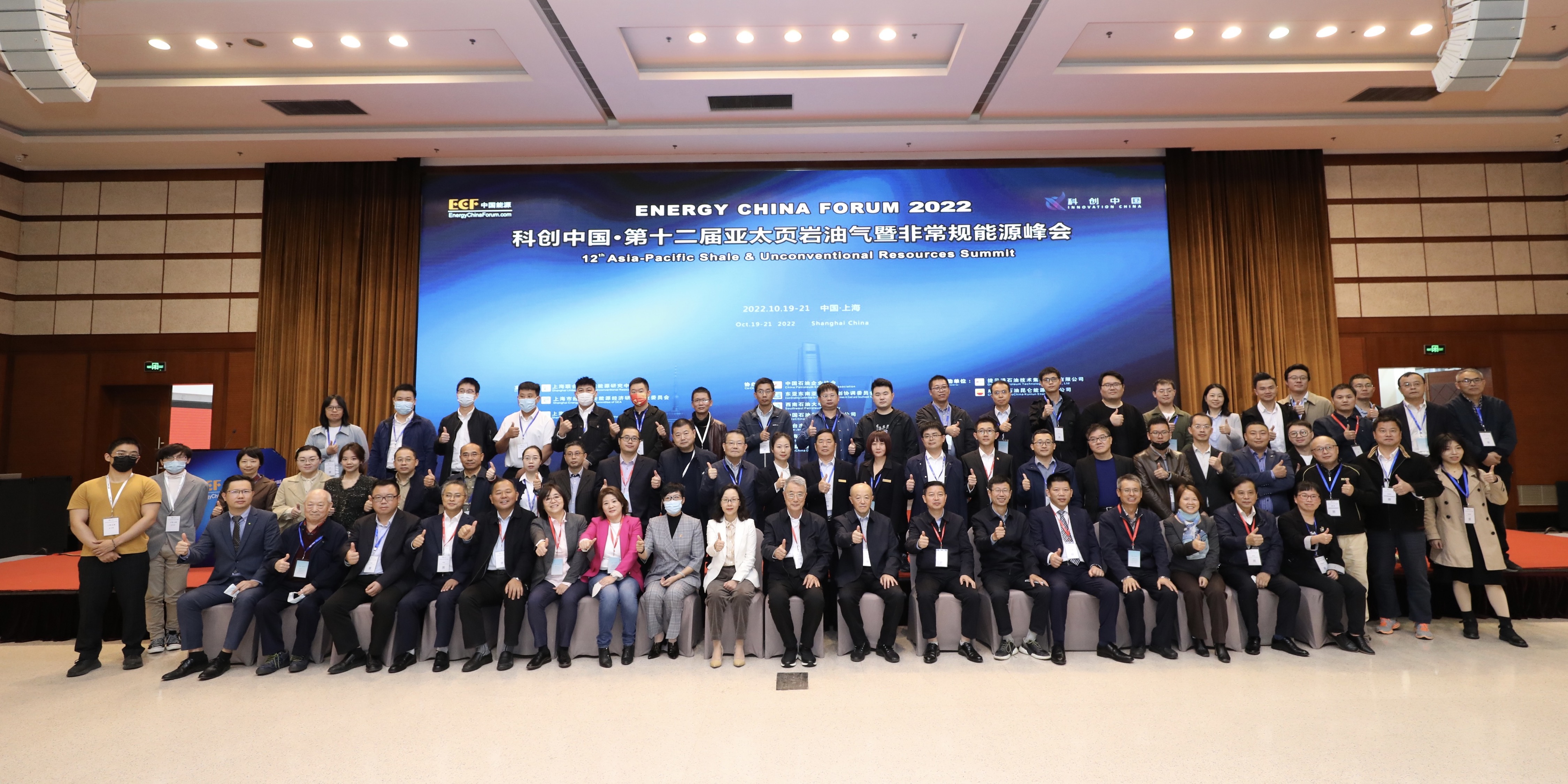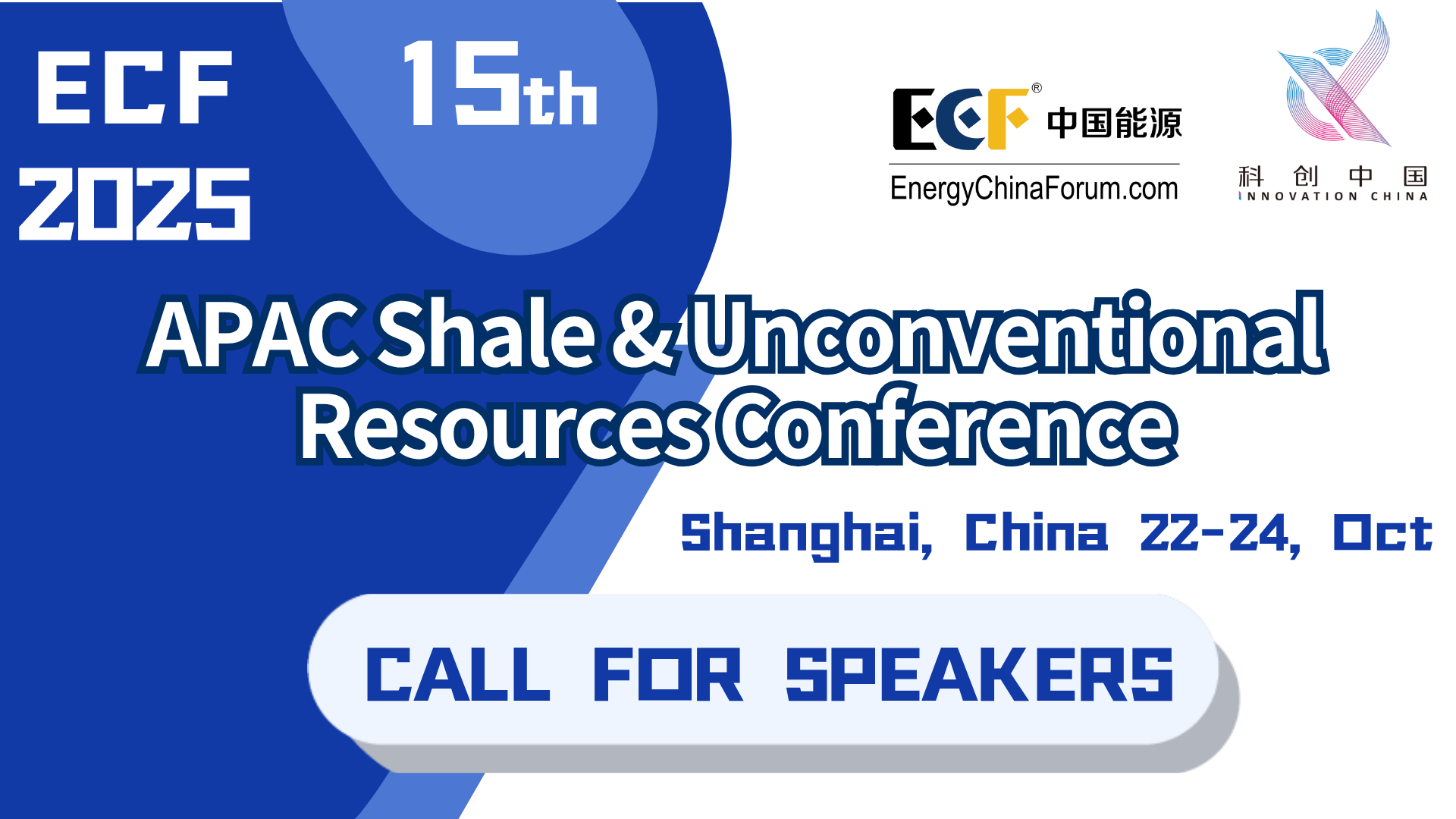Home
News, Data & Reports
Industry News
China’s 15th Five-Year Plan Outlines Vision for a Clean, Low-Carbon, and Secure Energy System
China’s 15th Five-Year Plan Outlines Vision for a Clean, Low-Carbon, and Secure Energy System
Log in or register to continue reading this article,Log in
Disclaimer: The above content was edited by Energy China Forum (www.energychinaforum.com), please contact ECF before reproduce.
Related News




